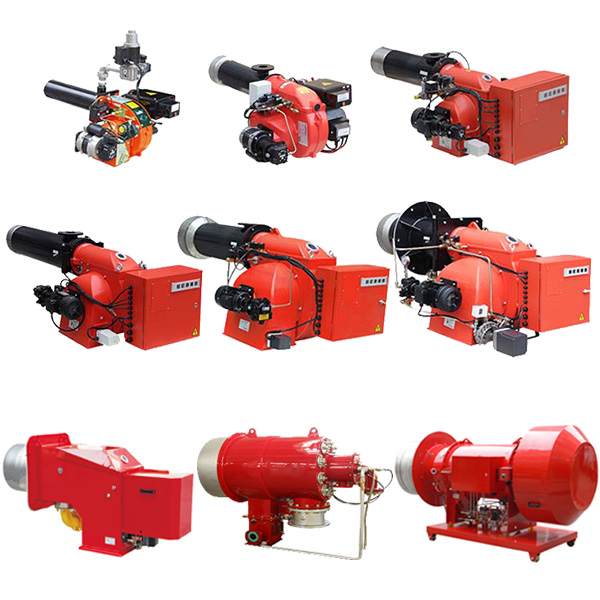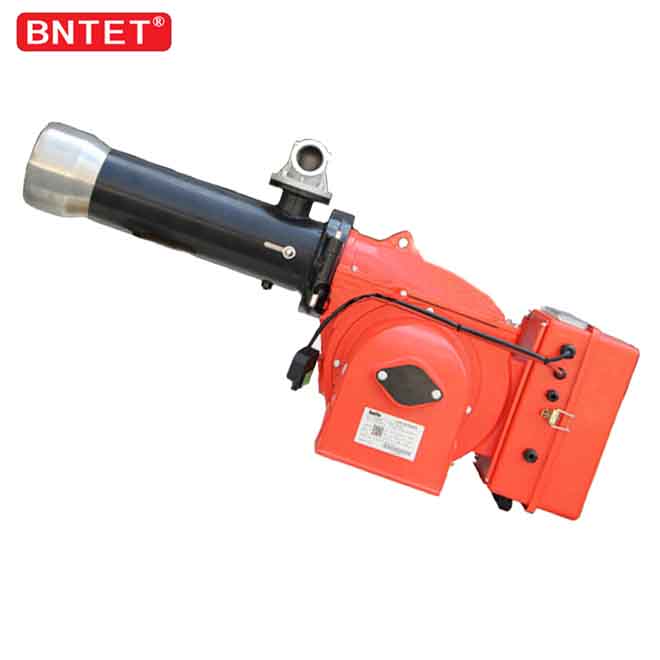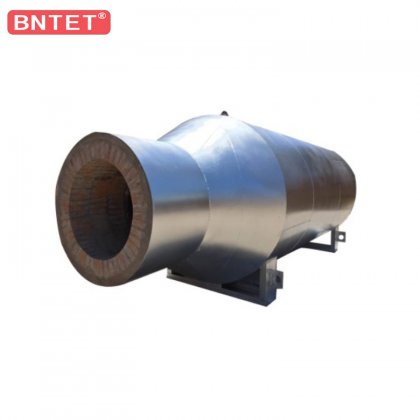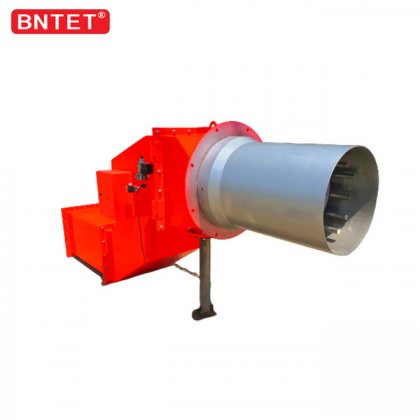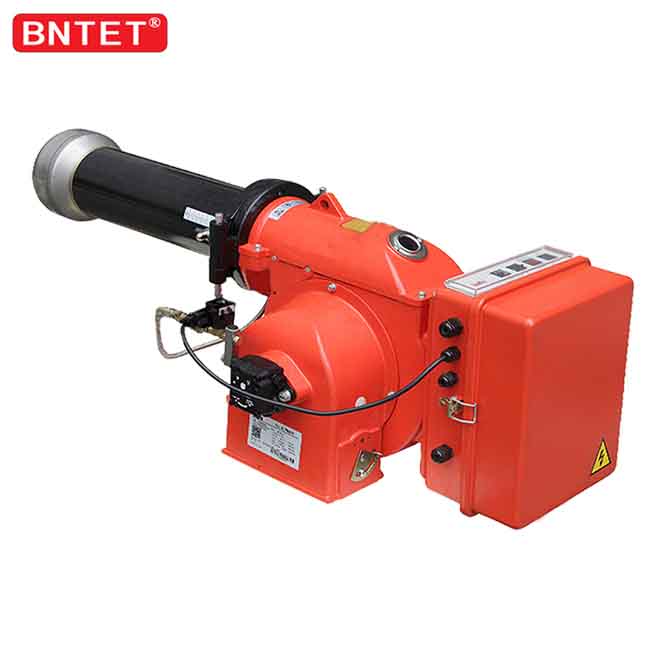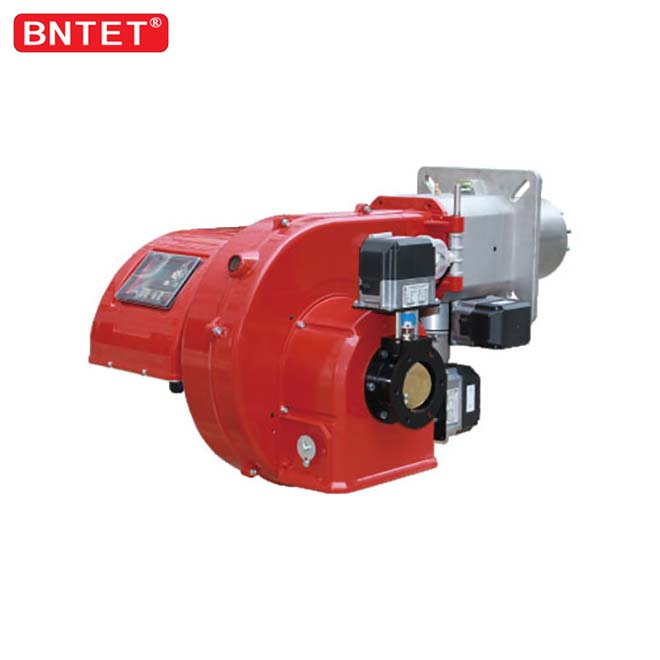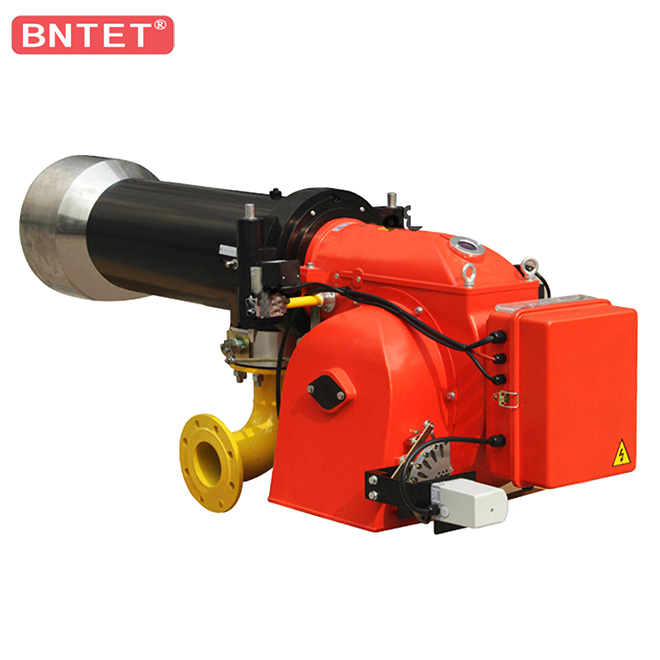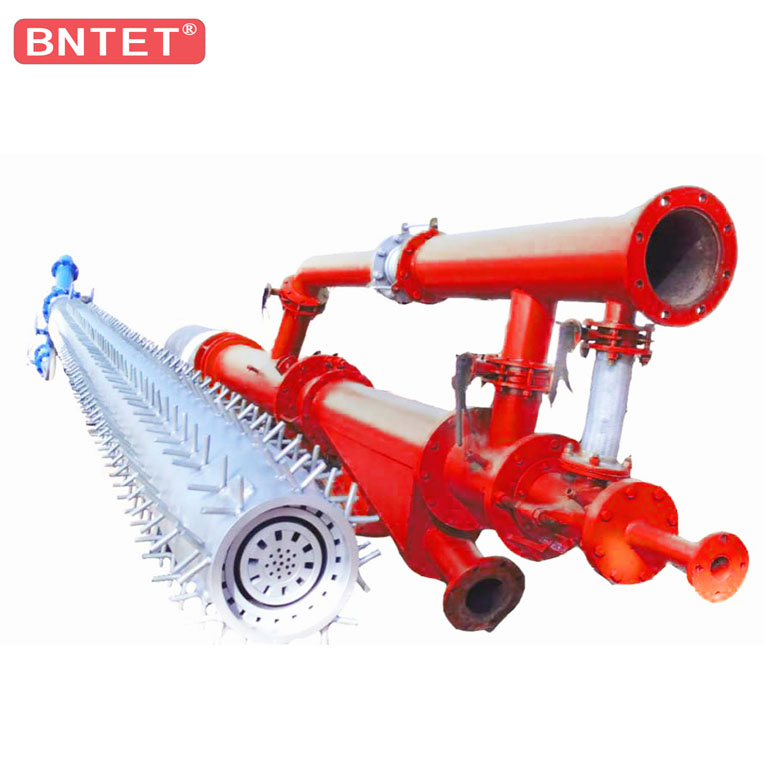Blind use without knowing a device is dangerous. For example, for the use of boiler burners, if you haven’t learned about it before, blind use will cause certain damage. There are six major aspects of using boiler burners. Misunderstandings, how many do you know?
1. The greater the negative pressure in the furnace, the better
If the boiler burner is not designed to operate under negative pressure, coal, ash, smoke, and sparks will inevitably appear around the boiler burner, which will pollute the working environment. But this does not mean that the greater the negative pressure, the better. If the negative pressure in the furnace is too large, one is that the power consumption of the fan is greatly increased; the other is that the leakage of the furnace is increased, and the thermal economy of the boiler burner is reduced, which is not conducive to energy saving.
2. The pressure of the furnace has nothing to do with safety
Whether the furnace pressure is normal or not has a considerable impact on equipment and personal safety. Excessive negative pressure will aggravate the abrasion of the smoke pipe and the wall of the tail convection pipe, such as the superheater and the economizer, and the wear amount is dozens of times larger than that under normal operation. Over time, the wall of the convection tube will wear down and become thinner, and the main steam temperature will be too high, and accidents such as over-temperature tube bursting will occur. Positive pressure combustion (except oil burners) is more harmful to the safe operation of boiler burners, mainly as follows.
(1) Deterioration of heating surface and grate working conditions;
(2) The furnace door and steel frame are deformed, and the furnace wall is cracked;
(3) Increase the abrasion of the convection pipe wall;
(4) The metal pipe wall is overheated, destroying the water circulation;
(5) It is easy to make the pipe bulge and leak;
(6) The steam contains a lot of water, which deteriorates the steam quality and causes water shock;
(7) Intensify the corrosion of the heated surface.
